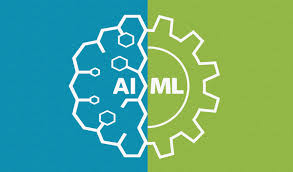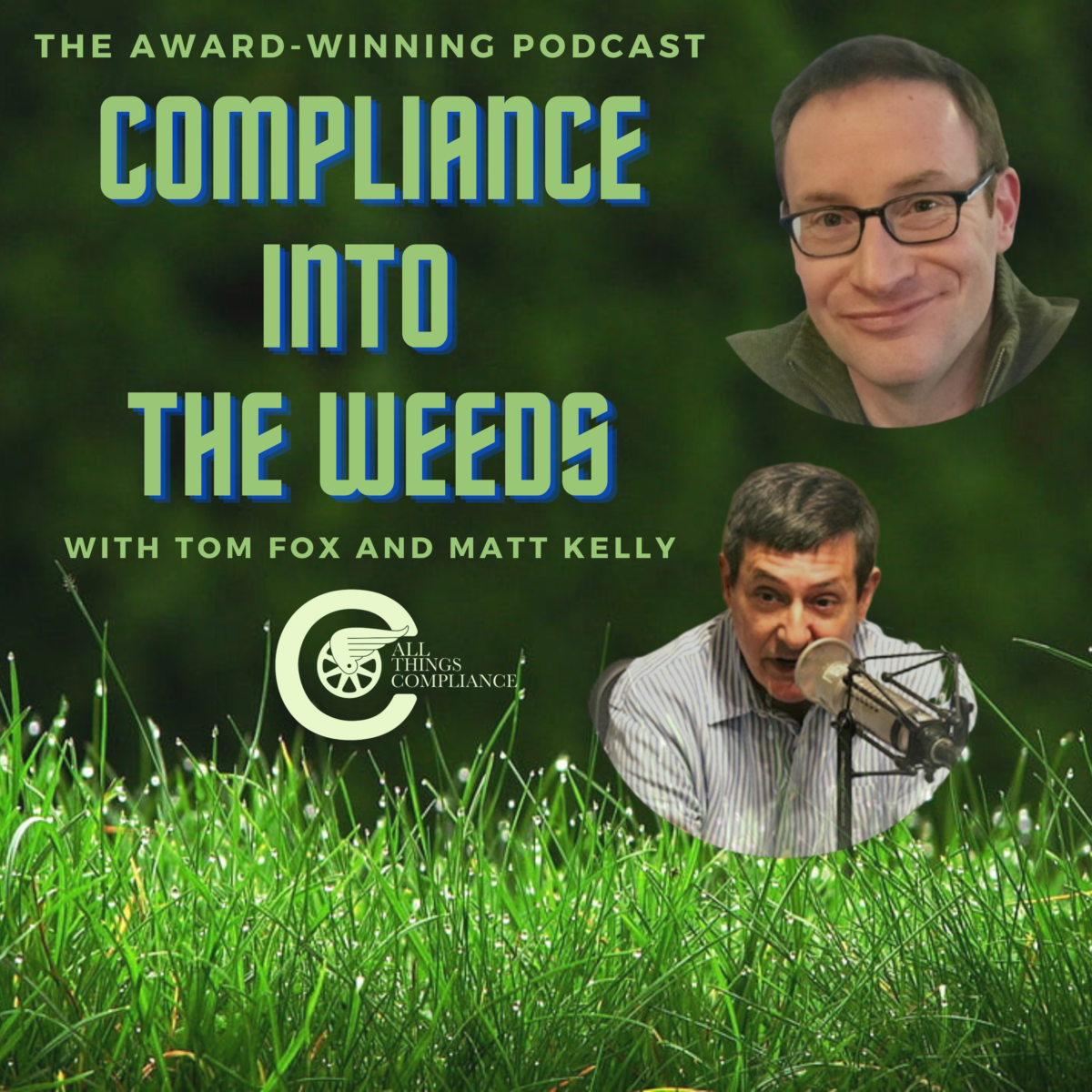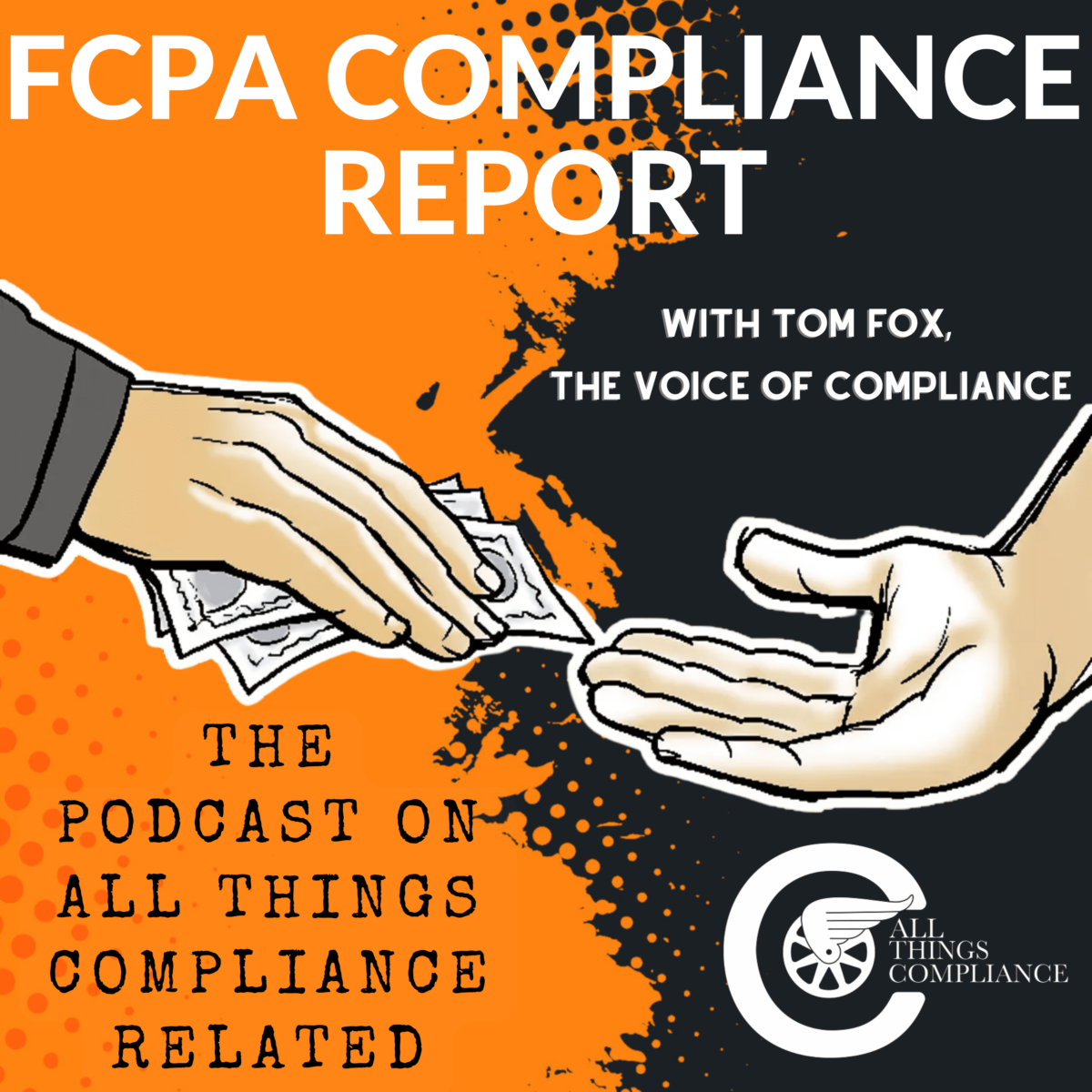In today’s rapidly expanding digital realm, keeping up with regulatory requirements in E-com surveillance is more than just a necessity—it’s a game-changer. As the world grapples with the challenges brought by the COVID-19 pandemic, efforts in ensuring compliance have dramatically shifted, impacting both personal and professional spaces. This, friends, has become a defining factor in not just maintaining, but enhancing compliance and risk management. Let’s delve into how we can proactively monitor communications, adapt to evolving channels, and leverage technology for our advantage while ensuring data security in cloud-based platforms. Here are some key steps:
- Establishing a Robust Compliance Program
- Proactively Monitoring Communications in E-Com Surveillance
- Adapting to Evolving Communication Channels
- Deploying AI in Compliance Monitoring
1. Establishing a Robust Compliance Program
With the increasing reliance on e-commerce due to the ongoing global health crisis, keeping up with regulatory compliance has become more of a challenge than ever before. Enhanced surveillance within the e-commerce spectrum has emerged as a critical aspect of any robust compliance program. Companies must diligently monitor all communication transactions to identify any potential misconduct early on. With technology continuously evolving, companies are faced with more diverse sources of data and communication channels than before.
To counteract this, advancements in technology have enabled compliance professionals to monitor these various sources more efficiently and focus on high-risk areas. With the proliferation of novel communication platforms, regulatory requirements have become more stringent, but also more complex to adhere to. AI has been instrumental in empowering compliance officers, allowing them to better concentrate their efforts. With its ability to filter and prioritize alerts based on risk levels, AI functionality is highly effective in optimizing the e-com surveillance process. Compliance functions must keep pace with the constant changes in the communication landscape, meaning that they need to be adaptable in capturing and recording all essential communications. Organizations must understand the cruciality of establishing a strong compliance program that aligns with their communication platforms and e-commerce operations. By leveraging high-tech solutions, like AI and machine learning, companies can better monitor and manage risks from a proactive stance, while simultaneously obeying regulatory requirements.
2. Proactively Monitoring Communications
In the ever-expanding universe of e-commerce, staying ahead of illicit activities such as fraud, theft, and other misconduct is vital. Key to this is the implementation of effective e-commerce surveillance in every organization, large or small. This involves the proactive monitoring and analyzing of all company communications, from emails to chat messages, for any signs of inappropriate behavior. With the ongoing proliferation of communication channels — each one another avenue for potential exploitation — it’s a gargantuan task that might seem overwhelming. However, thanks to the wonder of technology, we now have the means to keep pace with this turbulent environment. Modern advancements have made it possible to capture a vast array of data sources, despite the varying nature and extent of these channels.
3. Adapting to Evolving Communication Channels
The digital era has seen an explosion in communication channels. From emails, social media, chat platforms to video conferencing, employees now have myriad ways to communicate, both internally and externally. Consequently, e-com surveillance to monitor such communication pipelines and pin down potential misconduct becomes increasingly complex, yet more essential. Adapting to these evolving channels plays a key role in ensuring significant compliance and risk management. There are unique challenges that emerge with this diversity of communication channels. First instance, coded language by employees and capturing diverse data sources are some of the hurdles organizations face.
However, technology solutions are evolving as fast as the communication landscape. Key amongst these solutions is the use of AI and machine learning models, which cut through the noise to help compliance officers focus on high-risk areas. Regulators such as the SEC in the US and the FCA in the UK expect companies capture, monitor, and record all communication channels. This means your business must keep up with people’s communication methods and ensure every dialogue is recorded. Why is this adaptation important? In a nutshell, the vastness and ever-evolving nature of digital communication channels pose a risk. The risk lies in the prospect of misconduct going unnoticed, regulatory guidelines being flouted, and ultimately, organizations facing severe consequences.
Moreover, every new communication platform is an additional data source. Managing this increasing data effectively is crucial for any organization in the current digital age. Adapting to evolving communication channels is not just about managing current risks; it is also about equipping organizations with the necessary technological tools to capture, monitor, and manage potential risks that could emerge with future communication spheres. The progression ensures that there is no lag in surveillance and that organizations are always a step ahead in their risk management.
- Deploying AI
Artificial intelligence (AI) and machine learning are critical technological advancements enabling companies to monitor the manifold data sources efficiently. These technologies and perhaps others down the road, are a game-changers, empowering compliance officers to focus on high-risk areas and alerts, moving compliance process from a detect mode to prevent mode. By deploying these advanced methods may lead to more comprehensive data capture and monitoring, thereby promoting a seamless, integrated, and effective e-com surveillance mechanism. This is why the implementation of such a step is a necessity more than an option as we move forward in this data-driven age.
Why is this effective approach to e-com surveillance so crucial? Well, we live in an age of digital ecommerce and remote work after COVID-19, where communication channels have diversified and expanded beyond limits. To stay compliant with regulatory requirements, it is not enough just to keep an eye on traditional messaging. You must embrace these changes and adapt by efficiently monitoring all these channels. With the technology such as AI and machine learning, you can create defensible and explainable models that can precisely show why specific alerts were raised, and others weren’t. This approach is the key to adapting to this ever-evolving world and meeting regulatory expectations, thereby enhancing your compliance protocols in the long run.
The importance of maintaining compliance with regulatory requirements in e-commerce surveillance, especially during this ongoing pandemic, cannot be overstated. As compliance authorities, you have the power to make a significant impact on your organization’s risk management. Today, we’ve delved into the necessity of a strong compliance program, the significance of proactively monitoring communications, the need to adapt to new communication mediums, the benefits of utilizing AI in compliance monitoring, and the importance of securing data on cloud platforms. Each of these steps is instrumental in achieving the desired state of compliance. Let this motivate you to continue striving for excellence in all your compliance efforts. After all, your dedication to strengthening these practices is not just about meeting regulations – it’s about fostering trust and reliability in your organization.










